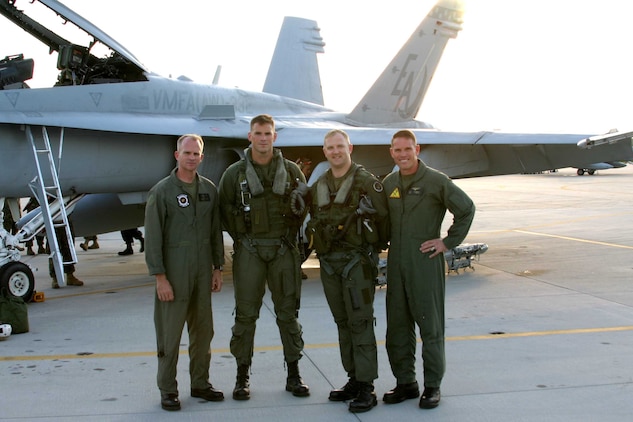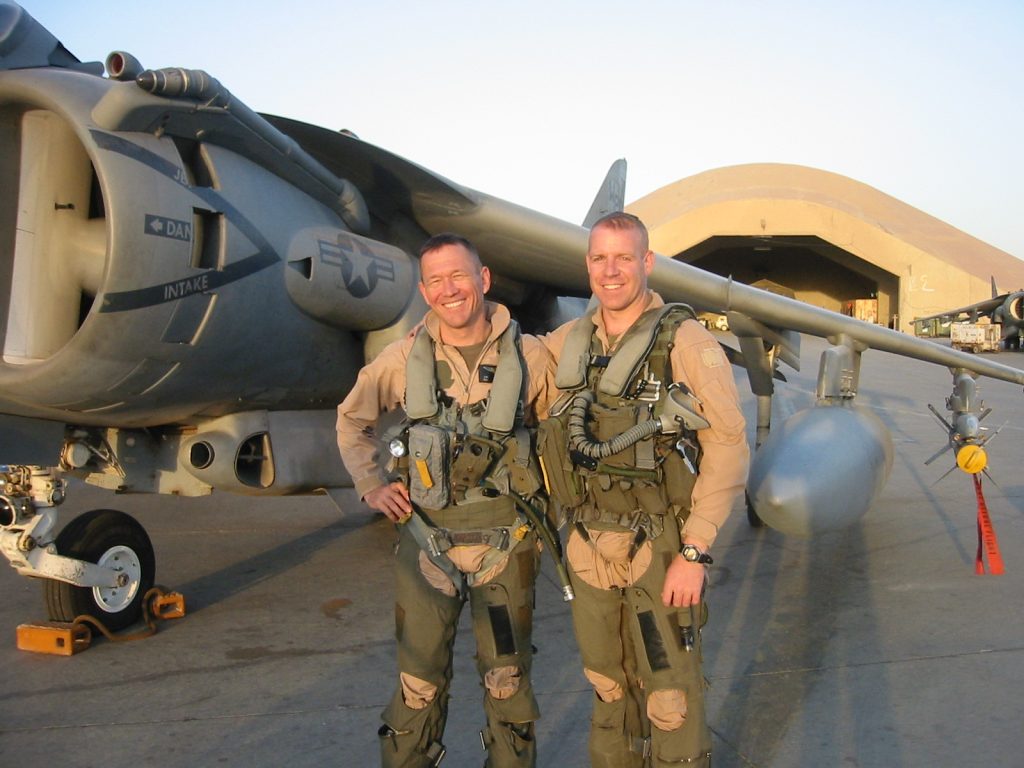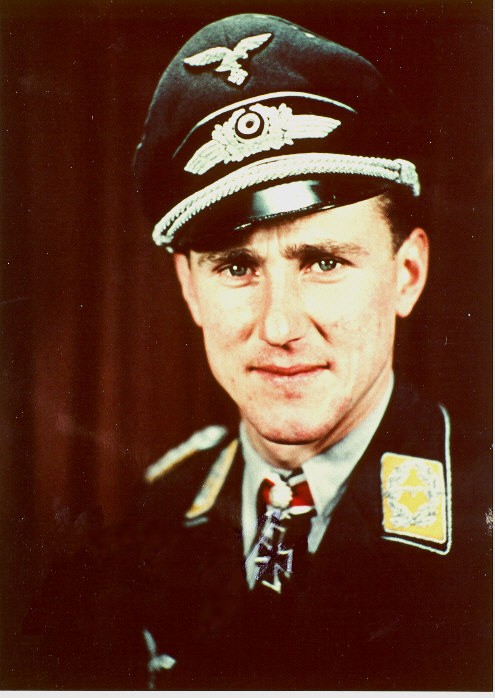

With partial control of the aircraft, they went into a controlled descent, he said, using the power provided by the remaining operating motors. Raider 5-0,” he proceed to layout for the controllers on the ground. “We have two engines out and we are leaking fuel and might be on fire. Center! This is Raider 5-0 declaring an in-flight emergency. In audio obtained from traffic controllers, Wolff’s voice appears calm: “L.A. Wolff made a plan with his crew and communicated his intentions to traffic control.

“And, figure out where and in what configuration to land.”

“We had to maintain airspeed, so the plane was controllable,” he said. With warning lights flashing in the cockpit, shrieking alarms and outside air rushing into the hole torn into the fuselage, Wolff said he and his crew locked into what they’ve been taught as the plane began a dramatic descent. He’s also trained extensively in flight simulators on what to do in a bird-strike situation and other possible emergency scenarios. But none of that training included multiple crises at one time, he said. In his eight years in the cockpit, Wolff has encountered other emergencies. Instantly, Wolff and his crew, despite the initial shock and chaos, fell back on their training fundamentals: “Aviate, Navigate and Communicate,” Wolff said.

“A second later I reached for the flight control and they were still working. “Everything that wasn’t strapped down was flying around and it pushed us hard against our restraints,” Wolff said. The impact knocked the pilots’ headsets off. “For a few seconds, I thought, ‘This is probably it.’ It felt like a wing had come off.” “In 1.2 seconds, there was a very violent crash,” Wolff said. The Marines use the probe-and-drogue system, which puts the burden on the pilot to get their plane’s refueling probe into a “basket” surrounding the fuel connection with the refueling plane. Wolff, with his crew of seven aboard the Super Hercules known as Raider 50, had two missions during the training, refuel two F/A-18 Hornet fighters and two F-35Bs, which are the Marines’ newest and most sophisticated fighter jets.Ī support plane with a similar wingspan to a 737, but shorter and stubbier, the Super Hercules was flying at 17,000 feet, prepared to hook up with the aircraft. The $100 million fighter jet was lost, but its pilot ejected and had only minor injuries. The midair collision in the skies near Ocotillo Wells, just west of the Anza-Borego State Park, was witnessed by people on the ground who reported a booming crash and a large fireball. Jones is now stationed at Marine Corps Air Station Cherry Point. They are part of the 3rd Marine Aircraft Wing headquartered at Marine Corps Air Station Miramar. Wolff’s co-pilot, Maj. Cory Jones received the same award and the plane’s crew received other recognitions of aviation achievement. The award is the Pentagon’s highest for “extraordinary aerial achievement” and an aviator’s second-highest medal for bravery. For landing his KC-130J Super Hercules and its crew safely after it was struck by an F-35B Lightning II during that aerial refueling exercise, Wolff, 32, was recently awarded the Distinguished Flying Cross.


 0 kommentar(er)
0 kommentar(er)
